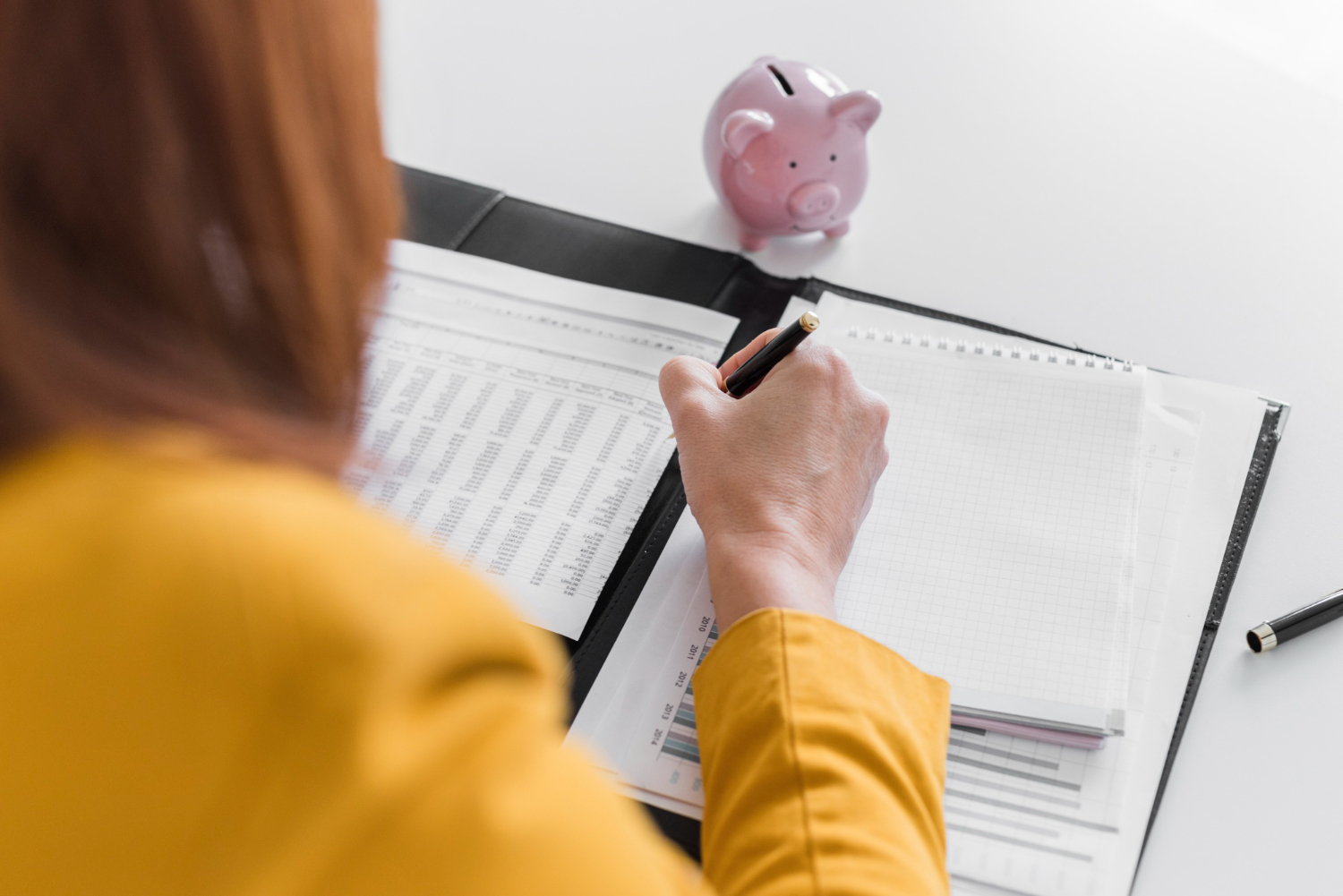
You can usually claim tax relief for your private pension contributions. There is an annual allowance for tax relief on pensions of £60,000 for the current 2023-24 tax year. The annual allowance for 2022-23 was £40,000.
You can claim tax relief on private pension contributions worth up to 100% of your annual earnings, subject to the overriding limits. Tax relief is paid on pension contributions at the highest rate of Income Tax paid.
This means that if you are:
Tax relief
You can get tax relief on private pension contributions worth up to 100% of your annual earnings.
You’ll either get the tax relief automatically, or you’ll have to claim it yourself. It depends on the type of pension scheme you’re in, and the rate of Income Tax you pay.
There are two kinds of pension schemes where you get relief automatically. Either:
- a basic rate taxpayer you receive 20% pension tax relief;
- a higher rate taxpayer you can claim 40% pension tax relief; and
- an additional rate taxpayer you can claim 45% pension tax relief.
- your employer takes workplace pension contributions out of your pay before deducting Income Tax; or
- your pension provider claims tax relief from the government at the basic 20% rate and adds it to your pension pot (‘relief at source’).
- your employer takes workplace pension contributions out of your pay before deducting Income Tax
- your pension provider claims tax relief from the government at the basic 20% rate and adds it to your pension pot (‘relief at source’)
- full name and address
- date of birth
- National Insurance number
- employment status – or tell them if you’re retired, a full time student, a carer or aged under 16
- you pay Income Tax at a rate above 20% and your pension provider claims the first 20% for you (relief at source)
- your pension scheme is not set up for automatic tax relief
- someone else pays into your pension
- 20% up to the amount of any income you have paid 40% tax on
- 25% up to the amount of any income you have paid 45% tax on
- 1% up to the amount of any income you have paid 21% tax on
- 21% up to the amount of any income you have paid 41% tax on
- 26% up to the amount of any income you have paid 46% tax on
- make a new claim for a pension contribution over £10,000
- increase your current claim by more than 10% (if the current claim is already over £10,000)
- proof from your pension provider of payments made for each tax year you’re claiming for
- whether the payment amounts are before or after tax
- you do not pay Income Tax, for example because you’re on a low income
- your pension provider claims tax relief for you at a rate of 20% (relief at source)
- ends when the first insured person dies
- insures people who are all from the same family




